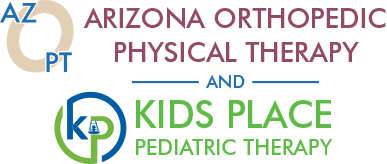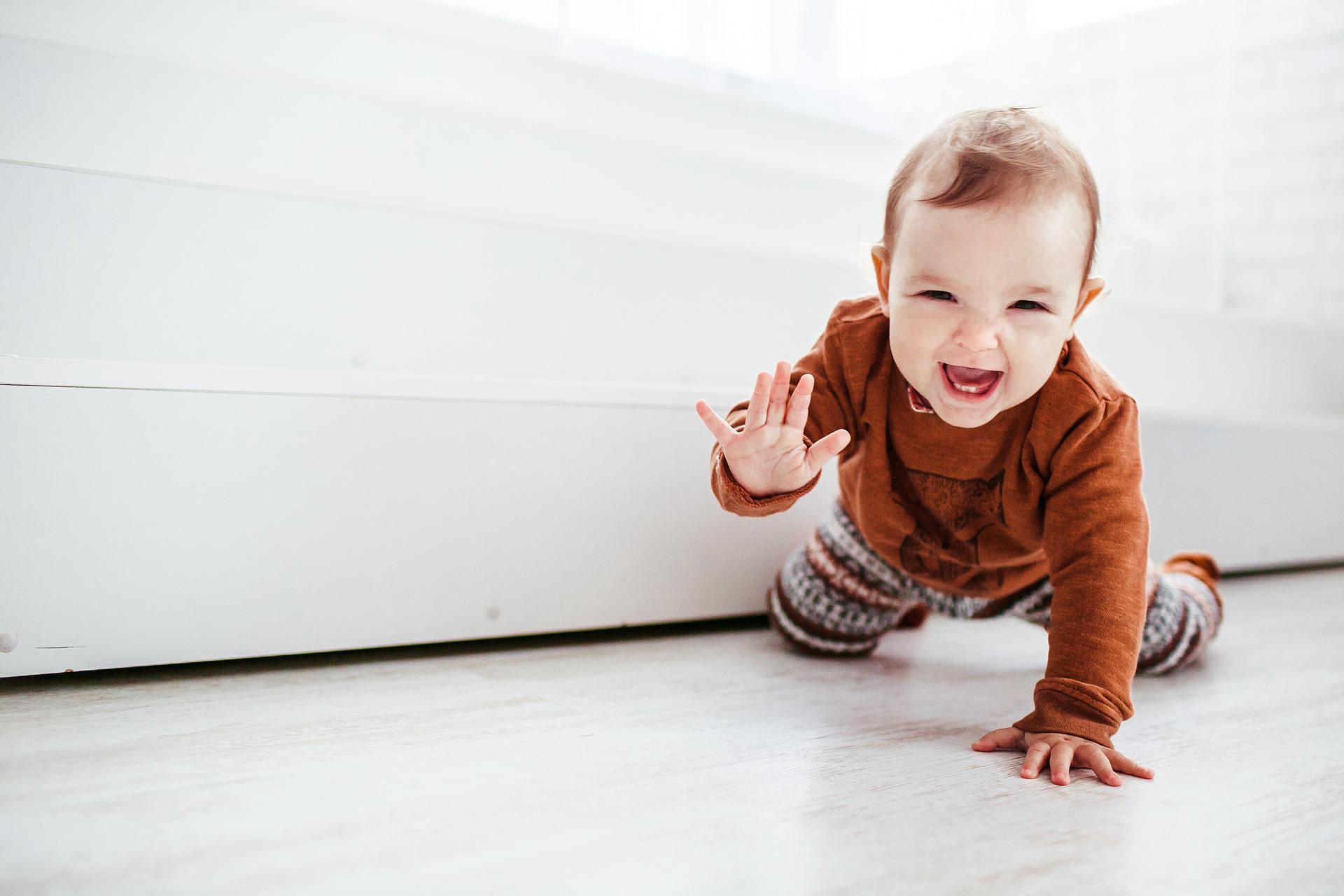7 Incredible Benefits of Crawling
 When your little one starts crawling, it feels like a monumental moment—and it is! Crawling is much more than a baby’s first taste of independence; it’s also a critical developmental milestone that sets the stage for future skills. If you’ve ever wondered why crawling is so important, you’re in the right place. As a pediatric physical therapist, I’ll explain why crawling is a game-changer for your child’s growth and development.
When your little one starts crawling, it feels like a monumental moment—and it is! Crawling is much more than a baby’s first taste of independence; it’s also a critical developmental milestone that sets the stage for future skills. If you’ve ever wondered why crawling is so important, you’re in the right place. As a pediatric physical therapist, I’ll explain why crawling is a game-changer for your child’s growth and development.
1. Crawling Builds Physical Strength
Crawling is like a mini-workout for your baby. It strengthens their arms, legs, shoulders, and core muscles as they push and pull themselves across the floor. These muscles are essential for later milestones like walking, running, and climbing. A strong core also supports good posture and balance, which are key for sitting in a chair at school or riding a bike later on.
Think of crawling as your baby’s introduction to physical fitness! By supporting their own weight and coordinating their limbs, they’re building a solid foundation for all the activities they’ll tackle as they grow.
2. Crawling Boosts Coordination
Crawling requires something called “bilateral coordination,” which means using both sides of the body together in a balanced way. When a baby crawls, they move one arm and the opposite leg at the same time—a movement pattern that helps develop the connection between the right and left sides of the brain.
This coordination is important for many future skills, like writing, catching a ball, or even tying shoes. It’s also essential for developing fine and gross motor skills. So, every time your little one crawls across the living room, they’re strengthening their brain-body connection in a big way!
3. Crawling Enhancing Spatial Awareness
Crawling helps babies learn about their bodies and how they move in relation to the world around them. This is called spatial awareness, and it’s a crucial skill for understanding concepts like distance, depth, and direction.
For example, as your baby crawls toward a toy, they’re figuring out how far away it is and how to adjust their movement to reach it. This skill translates into better problem-solving abilities and safer exploration as they grow.
4. Crawling Promotes Visual Development
You might not think about it, but crawling plays a big role in developing your baby’s vision! When crawling, babies use their eyes to look ahead, down at their hands, and back at their goal. This constant shifting between near and far vision is excellent practice for focusing and tracking objects.
Strong visual skills are important for reading, writing, and even sports down the road. Crawling gives your little one’s eyes a great workout, preparing them for all the visual demands of the future.
5. Crawling Supports Brain Development
Crawling is like a symphony for your baby’s brain. By coordinating their arms, legs, and eyes, they’re stimulating both sides of the brain and strengthening neural connections. These connections are the foundation for cognitive skills like problem-solving, memory, and even language development.
Interestingly, crawling has been linked to improvements in reading and comprehension later in life. It’s one of those seemingly simple activities that paves the way for complex learning.
6. Crawling Encourages Independence and Confidence
When your baby starts crawling, they realize they can explore the world on their own. This newfound independence boosts their confidence and curiosity, encouraging them to keep trying new things. They learn cause and effect (“If I crawl, I can get that toy!”), which is a powerful motivator.
This self-driven exploration lays the groundwork for a positive attitude toward challenges and learning. Crawling isn’t just about physical movement; it’s also about emotional growth and self-assurance.
7. Crawling Sets the Stage for Other Skills
Crawling isn’t just a phase; it’s a stepping stone. It prepares your baby for milestones like pulling up to stand, cruising, and eventually walking. The skills they develop while crawling—like balance, strength, and coordination—carry over into every new stage of movement.
Even as kids grow older, the benefits of crawling linger. Activities like climbing, dancing, and even playing sports all build on the skills learned during the crawling phase.
What If My Baby Doesn’t Crawl?
Every baby develops at their own pace, and some may skip crawling altogether. If your baby moves straight to scooting, cruising, or walking, they’ll still develop many of these skills in other ways. However, if you’re concerned about your baby’s motor development or feel like they’re missing milestones, it’s always a good idea to check in with a pediatric physical therapist. This link provides a timeline for typical acquisition of gross motor skills – https://napacenter.org/gross-motor-development/.
How to Encourage Crawling
- Tummy Time: Give your baby plenty of supervised tummy time to strengthen their muscles and encourage movement.
- Toy Temptation: Place a favorite toy just out of reach to motivate your baby to move toward it.
- Floor Freedom: Provide a safe, open space for your baby to explore. Hardwood floors or mats are great surfaces for crawling.
- Facilitate Supported Positions: When your baby pushes up on their hands during tummy time, help them lift their lower belly and hips up. This will encourage the knees to come forward and is a great position to start playing in to work on core strength once they reach 7-8 months of age.
Celebrate the Crawling Phase!
Crawling is an exciting milestone that offers countless benefits for your baby’s physical, cognitive, and emotional development. It’s a natural step in their journey toward independence and growth, and it sets the stage for so many incredible things to come.
So, get down on the floor, cheer them on, and maybe even crawl alongside them. Watching your little one discover the world one crawl at a time is a joyful experience you’ll treasure forever!
If you’re concerned about your child’s development, Kids Place Pediatric Therapy in Arizona is here to help!







